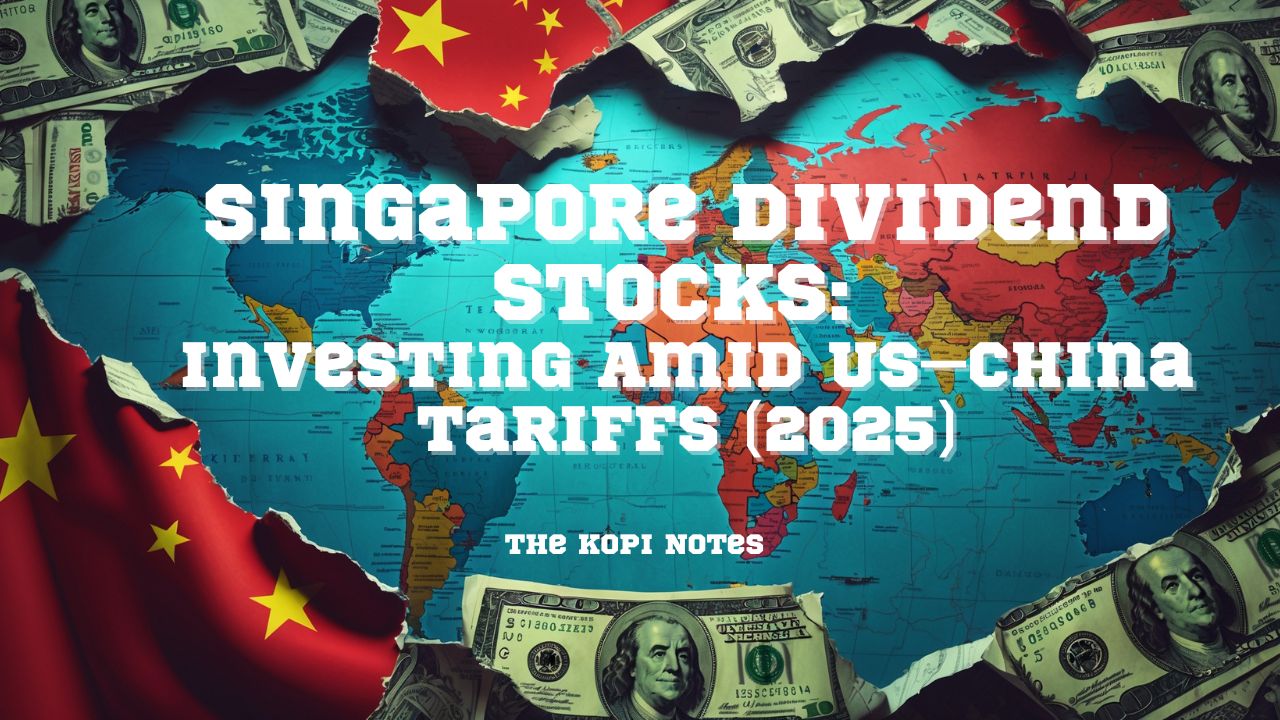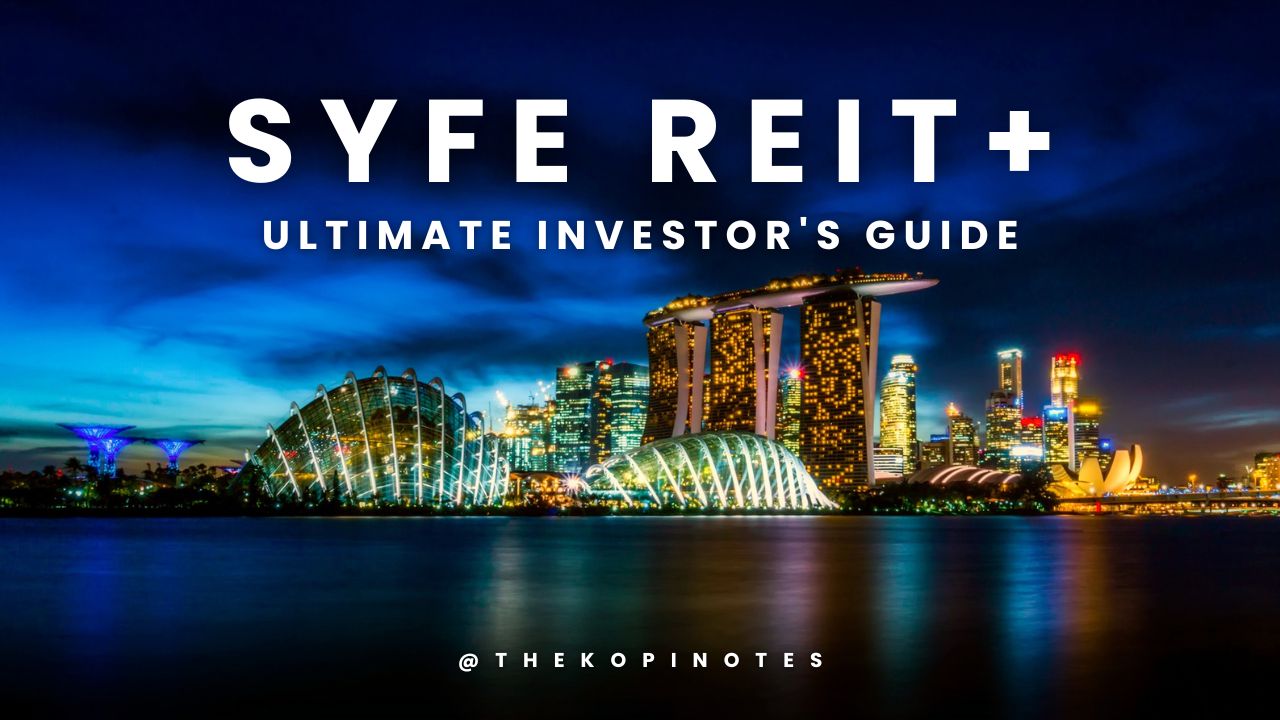For investors navigating the Singapore Exchange in May 2025, industrial Real Estate Investment Trusts (REITs) remain a popular choice for stable income and exposure to vital economic infrastructure. Among the sector leaders are Mapletree Industrial Trust (SGX: ME8U) and CapitaLand Ascendas REIT (SGX: A17U), two titans managing extensive portfolios increasingly geared towards high-demand sectors like logistics, advanced manufacturing, and the burgeoning data centre market.
While traditional stock valuation metrics like the Price/Earnings to Growth (PEG) ratio offer an initial, though perhaps incomplete, glance – potentially suggesting both REITs are fully valued – a true assessment for these income-focused investments lies in a broader array of REIT-specific indicators.
This analysis moves beyond a simple PEG comparison to provide a comprehensive head-to-head look at these industrial powerhouses. We’ll dissect their current DPU yields, DPU growth prospects, balance sheet health (gearing), portfolio quality, prevailing valuations like Price-to-Net Asset Value, and what analysts are saying, to help you determine which of these S-REIT leaders might better align with your investment strategy in the current environment.
It’s important to note that while the Price/Earnings to Growth (PEG) ratio is a common metric for evaluating growth stocks, its application to Real Estate Investment Trusts (REITs) can be less straightforward. This is because REIT “earnings” are often measured by Distributable Income or Distribution Per Unit (DPU) rather than traditional net profit, and their growth drivers differ. REIT investors typically also focus heavily on metrics like DPU yield, DPU growth, Price-to-Net Asset Value (P/NAV) or Price-to-Book (P/B), gearing ratio, portfolio occupancy, and Weighted Average Lease Expiry (WALE).
As of early May 2025, here’s a comparison:
PEG Ratio:
- Mapletree Industrial Trust (ME8U.SI):
- Simply Wall St reports a PEG ratio of 2.4x (P/E of 16.7x and estimated growth of 7.0%).
- CapitaLand Ascendas REIT (A17U.SI):
- Simply Wall St reports a PEG ratio of 14.1x (P/E of 15.7x and estimated growth of 1.1%).
- Yahoo Finance reports a PEG ratio (5-year expected) of 7.95.
Interpretation of PEG: A standard interpretation of PEG suggests that a ratio below 1 is undervalued, around 1 is fairly valued, and above 1 is overvalued. Based on these reported PEG ratios:
- Mapletree Industrial Trust’s PEG of 2.4x would suggest it is potentially overvalued if looking at this metric in isolation.
- CapitaLand Ascendas REIT’s PEG ratios of 7.95x to 14.1x are very high and would traditionally indicate significant overvaluation, primarily driven by lower near-term growth estimates used in these calculations.
However, given the nature of REITs, these PEG figures should be considered with caution and alongside other REIT-specific metrics.
Other Key Metrics for Comparison (as of early May 2025):
| Metric | Mapletree Industrial Trust (ME8U.SI) | CapitaLand Ascendas REIT (A17U.SI) | Analysis |
|---|---|---|---|
| Ticker | ME8U | A17U | |
| Current Price (approx.) | S$2.02 – S$2.03 | S$2.67 – S$2.71 | |
| P/E Ratio (approx.) | 16.1x – 16.9x | 15.5x – 16.0x | Both are broadly similar, with A17U having a marginally lower P/E ratio. |
| DPU Yield (approx.) | Around 6.7% – 6.8% (based on FY24/25 DPU of S$0.1357 or forward estimates) | Around 5.6% – 5.7% (based on trailing DPU of S$0.152 or forward estimates) | ME8U currently offers a higher DPU yield. |
| DPU Growth | FY24/25 DPU grew 1.0% YoY. Forecasts: DBS: 3% for FY25, -4% for FY26, 1% for FY27. Morningstar: 5.0% DPU CAGR over 5 years. | FY23 DPU decreased 4% YoY. Some sources show current DPU growth as negative. Forecasts appear low (e.g., Simply Wall St 1.1% growth, Growbeansprout 0% revenue growth). | ME8U has shown recent modest growth and has mixed but potentially positive longer-term forecasts. A17U has seen a recent DPU dip, and near-term growth forecasts appear more muted. |
| Price/Book (P/NAV) | Around 1.18x – 1.2x | Around 1.14x – 1.17x | Both trade at a premium to their book/net asset values. A17U is slightly lower. |
| Gearing Ratio | Prudent capital management, 78.1% of borrowings hedged. (Specific gearing ratio not in top results but generally managed well). | Around 37.7% – 38.3% | A17U’s gearing is at a healthy, moderate level. ME8U is also known for prudent capital management. Both are likely within acceptable industry norms for S-REITs. |
| Portfolio & Operations | Diversified “new economy” assets (data centres, hi-tech buildings). Occupancy ~91.6-92.1%. WALE 4.5 years. Actively manages portfolio with acquisitions and divestments. | Singapore’s largest listed business space and industrial REIT. Focus on tech and logistics. Portfolio occupancy ~92.8-94.2%. Active portfolio management with acquisitions, divestments, and asset enhancements. | Both have large, diversified portfolios with a focus on modern economy sectors. Occupancy rates are high for both. |
| Analyst Consensus | Generally “Buy” ratings. Avg 1-year price target S$2.42 (Simply Wall St) to S$2.60 (DBS). | Generally “Buy” ratings. Avg 1-year price target S$2.88 (Growbeansprout) to S$3.13 (Simply Wall St), with some targets like S$3.20 (DBS) and S$3.51 (UOB Kay Hian). | Analysts generally see upside potential for both REITs. |
Export to Sheets
Financial Overview & Outlook:
- Mapletree Industrial Trust (ME8U):
- Has a strong focus on data centres and hi-tech buildings, positioning it well for “new economy” themes.
- Reported stable DPU for FY24/25 with positive rental reversions in Singapore. Contributions from new acquisitions (e.g., Japan data centres) are key.
- Concerns include rising interest rates impacting costs and some non-renewals in its North American portfolio, though management is actively addressing these.
- Long-term strategy includes redevelopment of assets to unlock value.
- CapitaLand Ascendas REIT (A17U):
- The largest industrial REIT in Singapore with a significant and diversified global portfolio across business space, industrial, logistics, and data centres.
- Recent DPU was impacted by factors including an enlarged unit base and higher operating/interest expenses.
- Focuses on active portfolio management, including asset enhancement initiatives (AEIs), redevelopments, and acquisitions to drive growth.
- The outlook considers challenges like inflation and geopolitical tensions but also opportunities from completing projects and generating new income streams.
Which is Better based on PEG and Overall Metrics?
- PEG Ratio: If strictly adhering to the PEG ratio, both REITs, particularly CapitaLand Ascendas REIT, might appear overvalued due to high PEG values. However, as stated, PEG is not always the most suitable primary metric for REITs. The high PEGs are largely a function of lower estimated earnings growth rates used by data providers, which might not fully reflect DPU growth potential from active management and capital recycling.
- Overall Comparison:
- Current Yield: Mapletree Industrial Trust (ME8U) offers a higher current DPU yield compared to CapitaLand Ascendas REIT (A17U).
- DPU Growth Prospects: ME8U has shown recent positive DPU growth and some forecasts suggest continued, albeit potentially uneven, growth. A17U has experienced a recent dip in DPU, and near-term growth forecasts seem more subdued, though it has ongoing projects aimed at boosting future income. Morningstar’s 5-year DPU CAGR forecast for ME8U is a positive sign if realized.
- Valuation (P/E & P/NAV): Both have similar P/E ratios, and both trade at a premium to their net asset values, with A17U being slightly lower on both metrics.
- Scale and Diversification: A17U is larger and arguably more diversified geographically and by asset count, which can be a factor for stability. ME8U has a strong focus on high-demand sectors like data centres.
- Risk Factors: Both are subject to interest rate risks and broader economic conditions. Specific portfolio risks (like lease expiries or geographic concentration) vary.
Conclusion:
It’s difficult to declare one definitively “better” as it depends on your investment priorities:
- If higher current income (DPU yield) and exposure to a portfolio with a significant data centre component are priorities, Mapletree Industrial Trust (ME8U) might appear more attractive at this moment, especially if its DPU growth can meet or exceed the more optimistic forecasts.
- If larger scale, broader diversification, and a longer track record as a flagship industrial REIT are more appealing, and you are looking for potential long-term stability with active management from a major sponsor (CapitaLand), then CapitaLand Ascendas REIT (A17U) is a strong contender. Its current lower DPU growth and higher PEG would need to be weighed against its market position and long-term strategy for income recovery and growth.
Given the high PEG ratios, investors should place more emphasis on DPU yield, the sustainability and growth prospects of the DPU, P/NAV relative to historical levels and peers, gearing, and the quality and strategic direction of the REIT’s portfolio and management. Both REITs are well-regarded in the Singapore market, and the choice often comes down to specific yield targets, risk appetite, and belief in the respective management’s strategies to navigate the current economic environment.






